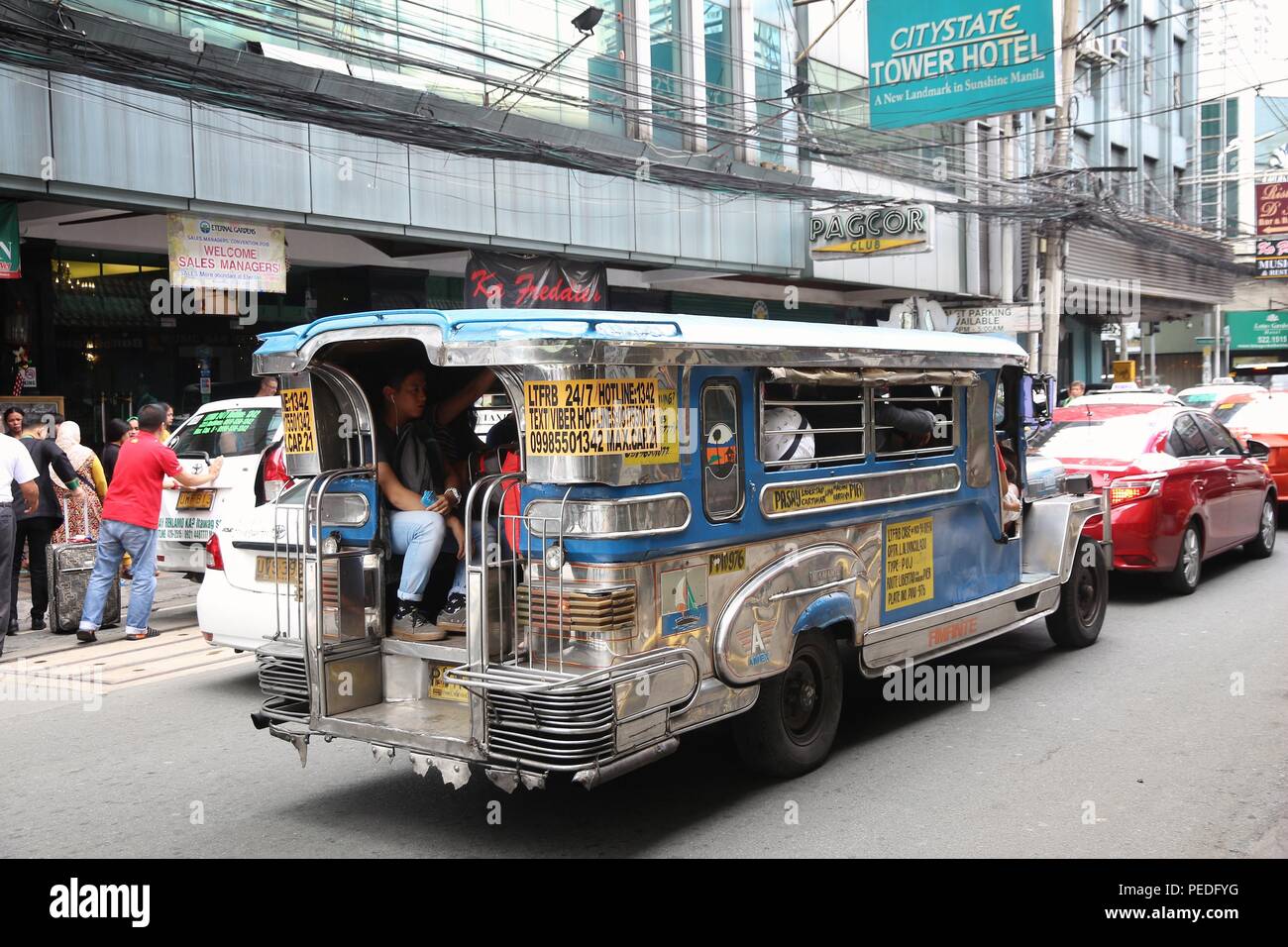Just How Transit Advertising Can Transform Public Transportation Spaces Into Dynamic Advertising Platforms
Transportation advertising holds significant potential to redefine public transportation spaces into vibrant advertising platforms that engage and educate. As we discover the complex advantages and advancing approaches of transit advertising and marketing, it elevates the inquiry of just how this improvement can redefine our communications with both brand names and the metropolitan environment.
Benefits of Transit Advertising

Additionally, transit advertising is very cost-efficient compared to typical media. It enables marketers to accomplish high impacts at reduced costs, maximizing roi. The captive target market of travelers offers a possibility for brands to communicate their messages to individuals who are often receptive throughout their travel times.
Moreover, the vibrant nature of transit advertising and marketing allows campaigns to be upgraded frequently, making certain that messaging remains pertinent and timely. This versatility can be crucial in replying to market trends or marketing occasions, keeping the brand top-of-mind for customers. Last but not least, the pervasive presence of transit marketing adds to brand recall; repeated exposure within acquainted travel contexts strengthens brand recognition and fosters consumer commitment, ultimately driving sales and boosting brand name online reputation.
Kinds Of Transportation Advertising And Marketing
Public transportation systems give various formats for advertising and marketing, each dealing with different advertising approaches and audience involvement methods. One popular kind is external bus and train wraps, which cover the entire lorry and create a mobile billboard effect, permitting high exposure in metropolitan settings. These wraps can catch interest as they pass through hectic streets, reaching a diverse target market.
One more prominent format is indoor advertising and marketing, which consists of posters, digital screens, and advertisements on transportation seats. These placements involve guests throughout their trip, reinforcing brand messaging in a constrained room. Digital shows, particularly, provide the benefit of vibrant web content, allowing advertisers to upgrade messages in real-time.
Station advertising is likewise significant, including posters, banners, and interactive booths within transit terminals. These ads utilize foot web traffic and can target particular demographics based upon place.
Lastly, advertising partnerships with transportation authorities can result in unique projects, such as themed transit experiences or occasions, enhancing the total interaction with travelers. Each sort of transit advertising and marketing supplies distinctive benefits, allowing brand names to tailor their method to successfully reach their target audience within the public transport ecological community.
Involving Travelers Successfully
Commuters are significantly inundated with advertising and marketing messages throughout their day-to-day trips, making it vital for brands to engage them in innovative means. To catch focus in this crowded area, marketers must prioritize imagination and importance. Utilizing distinctive visuals and concise messaging can considerably improve the chance of engagement.
Interactive elements, such as QR codes or enhanced truth attributes, can additionally change static ads into immersive experiences, promoting a deeper connection with the target market. Brand names need to concentrate on dealing with travelers' demands and interests, customizing messages to reverberate with their lifestyle, whether with promos for local companies or services created to improve their travelling experience.
Moreover, timing plays an important duty; strategically placing advertisements during top commuting hours can make best use of exposure and influence. Involving travelers effectively also involves leveraging social networks combination, enabling passengers to share their promotions or experiences directly from transit platforms, thereby amplifying brand reach.
Fundamentally, reliable involvement pivots on recognizing the traveler trip and producing compelling, interactive, and relevant advertising experiences that not only record interest however likewise drive action and loyalty. By doing so, brand names can change public transport right into a vibrant advertising system that reverberates with its audience.

Measuring Marketing Effect
How can brand names precisely assess the performance of their ad campaign in transportation atmospheres? Determining the impact of transportation marketing requires a complex strategy that integrates measurable and qualitative metrics. One common technique is tracking interaction with mobile analytics, where brands can assess foot web traffic patterns and app communications previously, during, and after projects.
Surveys can offer beneficial insights into brand name recall and consumer view, enabling brands to determine just how well their messages resonate with commuters. Furthermore, keeping track of social networks engagement relevant to certain campaigns can reveal changes in public perception and brand name discussion.

Furthermore, working together with transportation companies can boost measurement accuracy, as they commonly possess detailed market information on ridership trends. By integrating these techniques, brands can develop a detailed understanding of their marketing effectiveness, guaranteeing that their projects not just reach however likewise impact their target audiences successfully.
Future Patterns in Transit Advertising
A significant shift is prepared for in transportation advertising and marketing more as technical developments and altering consumer behaviors improve the landscape. Transit Advertising Philippines. The assimilation of interactive media and digital displays is anticipated to boost interaction, enabling brands official source to supply vibrant material that resonates with varied target markets. As public transport systems embrace clever innovation, marketers will certainly take advantage of real-time information analytics to tailor messages based on traveler demographics and actions
Furthermore, boosted fact (AR) is positioned to reinvent the way travelers connect with promotions. By giving immersive experiences, AR can transform a mundane trip into an interesting narrative that captures focus and promotes brand name loyalty. This development will likely urge advertisers to develop even more experiential projects that drive consumer communication.
Sustainability is one more crucial fad influencing transportation advertising and marketing. As environmental awareness grows, brand names will progressively look for to align with eco-friendly methods, utilizing sustainable products and promoting eco-friendly initiatives within their campaigns.
Verdict
Finally, transportation advertising uses significant advantages by boosting brand exposure and involving a restricted audience. With numerous formats, such as exterior covers and digital screens, it changes mass transit into a lively Read Full Report advertising platform. Efficient involvement techniques and durable dimension techniques additionally amplify its effect. As fads advance, the potential for ingenious communications in between brand names and commuters is poised to grow, making sure that transportation advertising remains an important element of modern-day advertising and marketing strategies.
Transit marketing holds considerable capacity to redefine public transport rooms right into vibrant advertising platforms that engage and educate. The pervasive existence of transportation advertising and marketing adds to brand name recall; duplicated exposure within acquainted traveling contexts enhances brand name recognition and fosters customer commitment, ultimately enhancing and driving sales brand name reputation.
How can brand names properly examine the efficiency of their advertising and marketing campaigns in transit environments?In verdict, transportation advertising and marketing uses considerable benefits by enhancing brand name presence and involving a captive audience. Transit Advertising Philippines. As trends evolve, the potential for innovative interactions in between brand names and commuters is poised to expand, making certain that transportation marketing remains an important element of modern marketing strategies